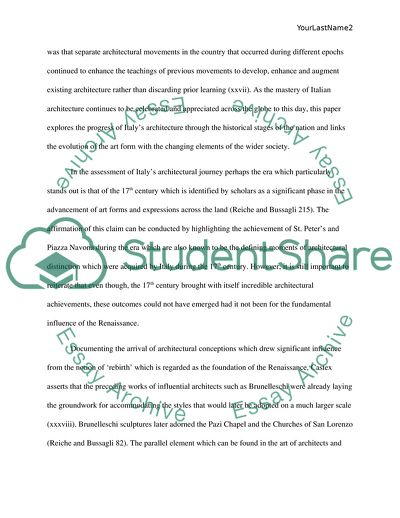Cite this document
(Italian Architecture Art Essay Example | Topics and Well Written Essays - 1750 words, n.d.)
Italian Architecture Art Essay Example | Topics and Well Written Essays - 1750 words. https://studentshare.org/architecture/1829018-italian-architecture-art
Italian Architecture Art Essay Example | Topics and Well Written Essays - 1750 words. https://studentshare.org/architecture/1829018-italian-architecture-art
(Italian Architecture Art Essay Example | Topics and Well Written Essays - 1750 Words)
Italian Architecture Art Essay Example | Topics and Well Written Essays - 1750 Words. https://studentshare.org/architecture/1829018-italian-architecture-art.
Italian Architecture Art Essay Example | Topics and Well Written Essays - 1750 Words. https://studentshare.org/architecture/1829018-italian-architecture-art.
“Italian Architecture Art Essay Example | Topics and Well Written Essays - 1750 Words”. https://studentshare.org/architecture/1829018-italian-architecture-art.


